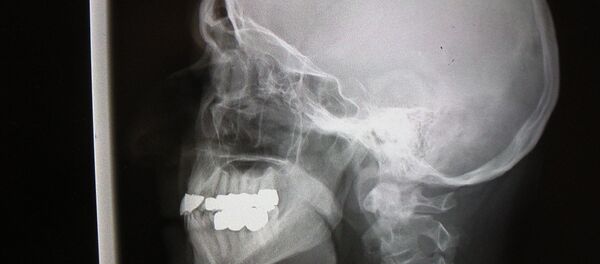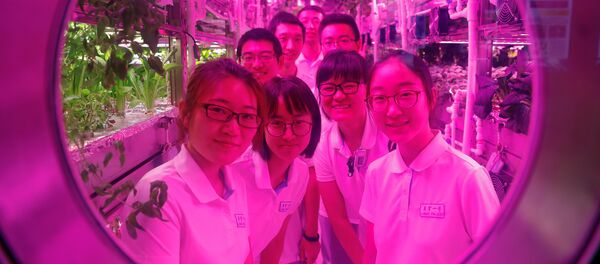A unique mixture that contains carbon nanotubes eliminates pavement cracks and potholes and allows for reducing road repair time from a week to several hours. Developers say that repair and maintenance costs will be reduced three-fold. The technology has been approved by the International Transport Alliance (ITA) and has become the first international solution included in the alliance's program.
A special asphalt compactor that uses microwave wavelengths will heat the surface which activates the nanotubes and induces the sealing of surface cracks. The device has not been developed yet, but plans to engineer a mobile high-super-high frequency compactor are being discussed by NUST MISIS, Rostech and Rosatom.
Several universities and technology companies from China and the Netherlands are developing a similar induction healing technology using metal fiber.
However, the solution developed by Russian scientists who suggest using carbon nanotubes will increase the efficiency and feasibility of the technology because it heats only the thin bituminous film that covers the gravel material and does not require the composite asphalt hot mix to be changed (unlike metal fiber).
Field testing will be held at a road facility as part of preparations for the 2018 FIFA World Cup.
The objective of the new Silk Road project, or the idea of "one road and one belt," is to create new infrastructure and establish a link between the countries of Eurasia. It has two development directions: the Silk Road Economic Belt and the Maritime Silk Road — trade corridors for direct cargo transport from the East to the West on preferential terms. These economic corridors are to connect the Asia-Pacific Region in the East with the developed European countries in the West. To that end, a system of roads, ports, bridges and other infrastructure facilities will be built and free trade zones will be created.





